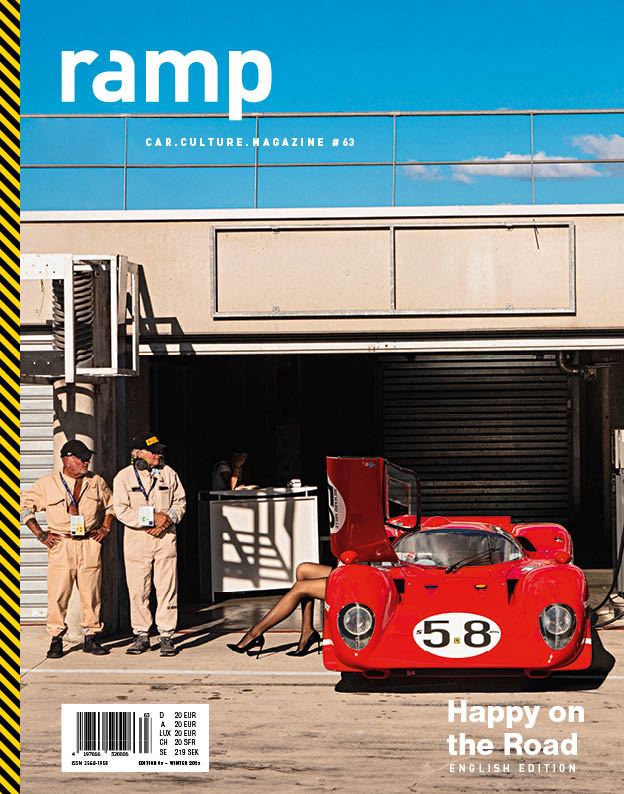The purchase of a 503 hp station wagon with all-wheel drive is actually more appealing to us than that of a lightweight racing coupe.
Especially considering that the latter is sold out. Unfortunately. In case you were wondering, we’re talking about the M3 Competition Touring and the BMW M4 CSL.

BMW is doing a brisk business, and the Bavarians themselves are probably more than a little amazed at all that is still possible and allowed these days and how much money their passionate buyers have at their disposal to drive sales with all the associated nomenclature like M3, Competition, xDrive. M4, CSL. Coding as a passion. xDrive stands for all-wheel drive, CSL for competition, sport, lightweight. Both of the M models that we will be talking about here offer performance as a value and as a dynamic force, elevated to ever more delicate spheres of reason and tangible feasibility. Because that’s what it’s all about: that everything can be algorithmically engaged anytime and anywhere, even in the most outlandish dimensions of 543 hp (each of which has to propel only 2.95 kilograms). No showing off here, just a simple yet outrageous ratio and the sophistication of the actually mundane. On the one hand, a five-door station wagon (tourer) with commercially sized cargo space and 503 hp dynamically distributed over four wheels. On the other hand, a 1.6-ton lightweight coupe with carbon bucket seats, CFRP roof and hood, titanium rear silencers, ceramic brake system and ultra-track tires as a sophisticated delicacy for the most discerning connoisseurs.
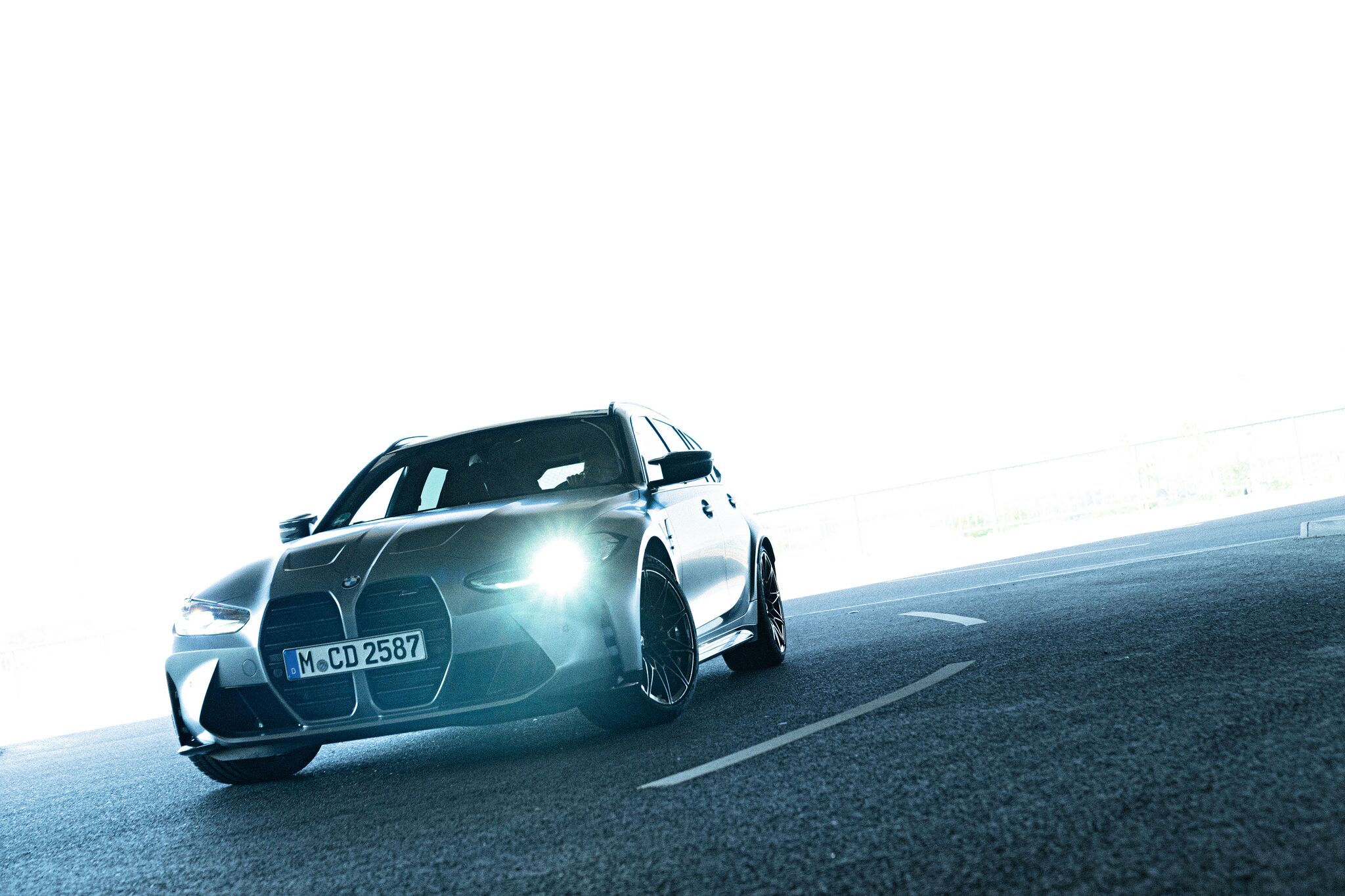
The special thing here is that both basically have the same engine: an M TwinPower Turbo inline-six. With 543 horses of maximum power and 650 newton-meters of torque in the CSL. The all-wheel-drive station wagon (set to 503 hp) breaks the hundred mark in 3.6 seconds, while the slingshot coupe takes just a tenth of a second longer. But the coupe does hold an official, notarized lap time of 7:20.207 minutes on the 20.8-kilometer circuit (full lap) of the Nürburgring, the best time ever achieved by a BMW production car. And with a speed of 307 km/h, the coupe is in an exclusive club anyway. Though with two restrictions: Firstly, it is only available as a two-seater (the two carbon racing bucket seats save 24 kilograms in weight, with a further 21 kilograms gained by removing the rear seats including seat belts). Secondly, the M4 CSL is, unfortunately, sold out. With just a thousand units built at the Dingolfing plant, no wonder.
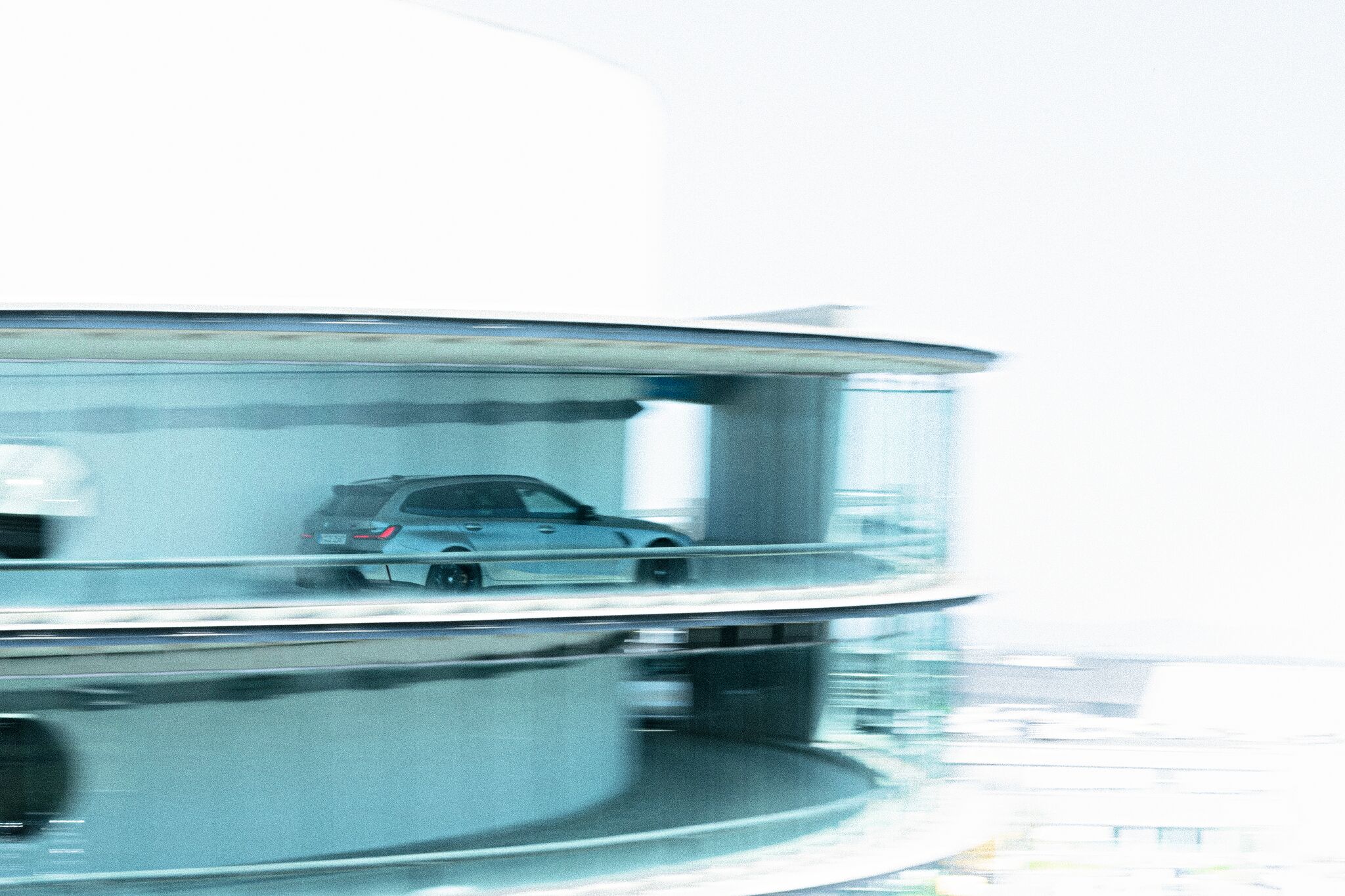
We’re still left with the 503 hp BMW M3 Touring with its special all-wheel drive dynamics: “The M3 Touring goes to particularly impressive lengths to deliver on the traditional M promise of dynamic flair, agility and precision combined with unrestricted everyday practicality and mile-covering ability. With [. . .] the intelligent all-wheel drive M xDrive system and the M specific suspension, this Touring is one thing above all: a genuine BMW M3 with pure racing DNA.” So much for the official BMW commentary. As far as pure racing DNA is concerned, we’re impressed by the CSL’s proximity to its racing counterpart, the M4 GT3. But the M3 xDrive with active differential does have something to offer of its own, especially when exiting corners, if (as is so often the case) you step on the gas too early and overstretch the traction circle of the inside rear wheel, which then spins out of control. When that happens, the active differential lock helps to prevent the power flow from being lost. BMW engineer Bernd Jacob explains: “‘Active’ means that we use an array of sensors to detect the driving situation, determine the optimum degree of locking, and actively adjust it using an electric motor. The most important input variables are the drive torque, the individual wheel speeds, the lateral acceleration and the driving speed. Then there are the steering angle, yaw rate and a few more.” Of course the whole thing then weighs around ten kilos more, as he freely admits. “But in the right places.” Good in practice is the special load compartment concept that helps to keep our belongings stable, even when yawing moments take over.
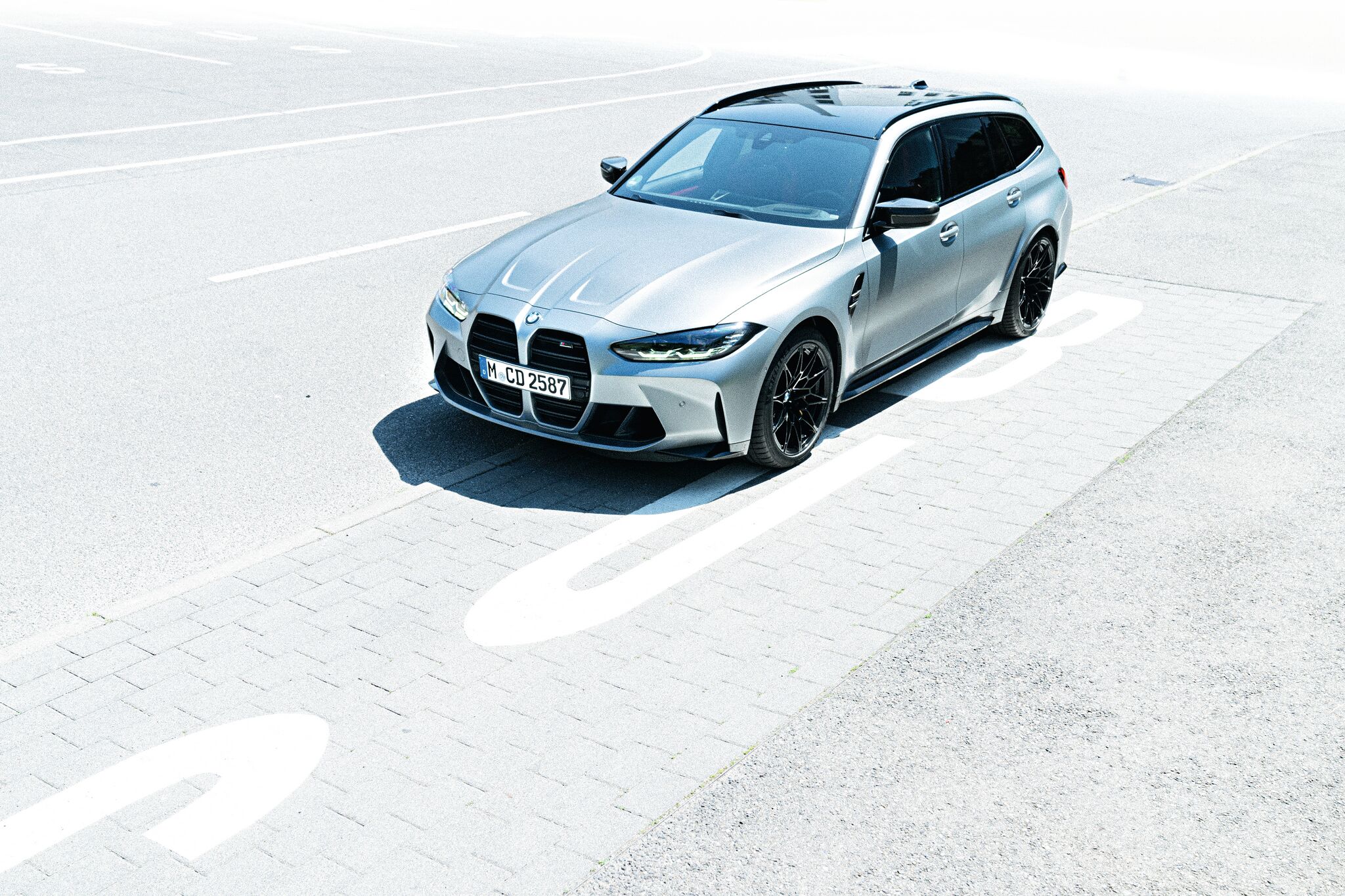
Due to the elaborate rear reinforcements, the station wagon is 85 kilograms heavier than the sedan, so it’s already scratching at the two-ton mark. That doesn’t stop it from reaching speeds of 250 km/h (290 km/h if we’ve treated ourselves to the optional Driver’s Package, which costs just under €2,500 more and includes a voucher for a one-day BMW M racetrack training course from BMW Driving Experience). A little digression here: We’re all advanced drivers, of course, and it’s difficult to teach us anything that we didn’t already know or could master. But believe us, friends, it’s highly likely that you’ll leave a driver training course a better (and safer) performance driver than you already are. What’s more, you’ll always meet like-minded people there. Hm. Now if that’s not reason enough to buy the station wagon!
Text David Staretz
Photos Matthias Mederer · ramp.pictures
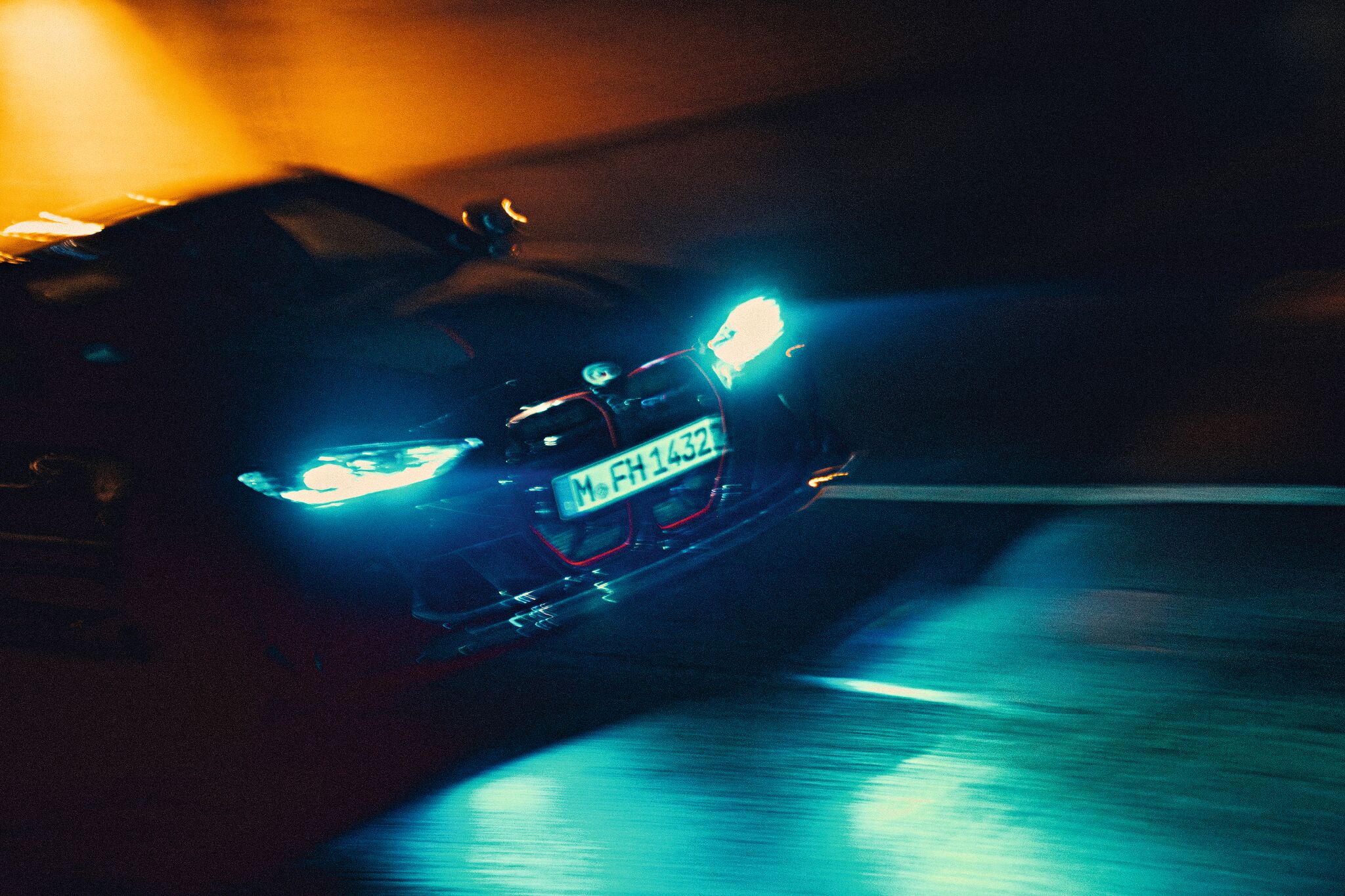
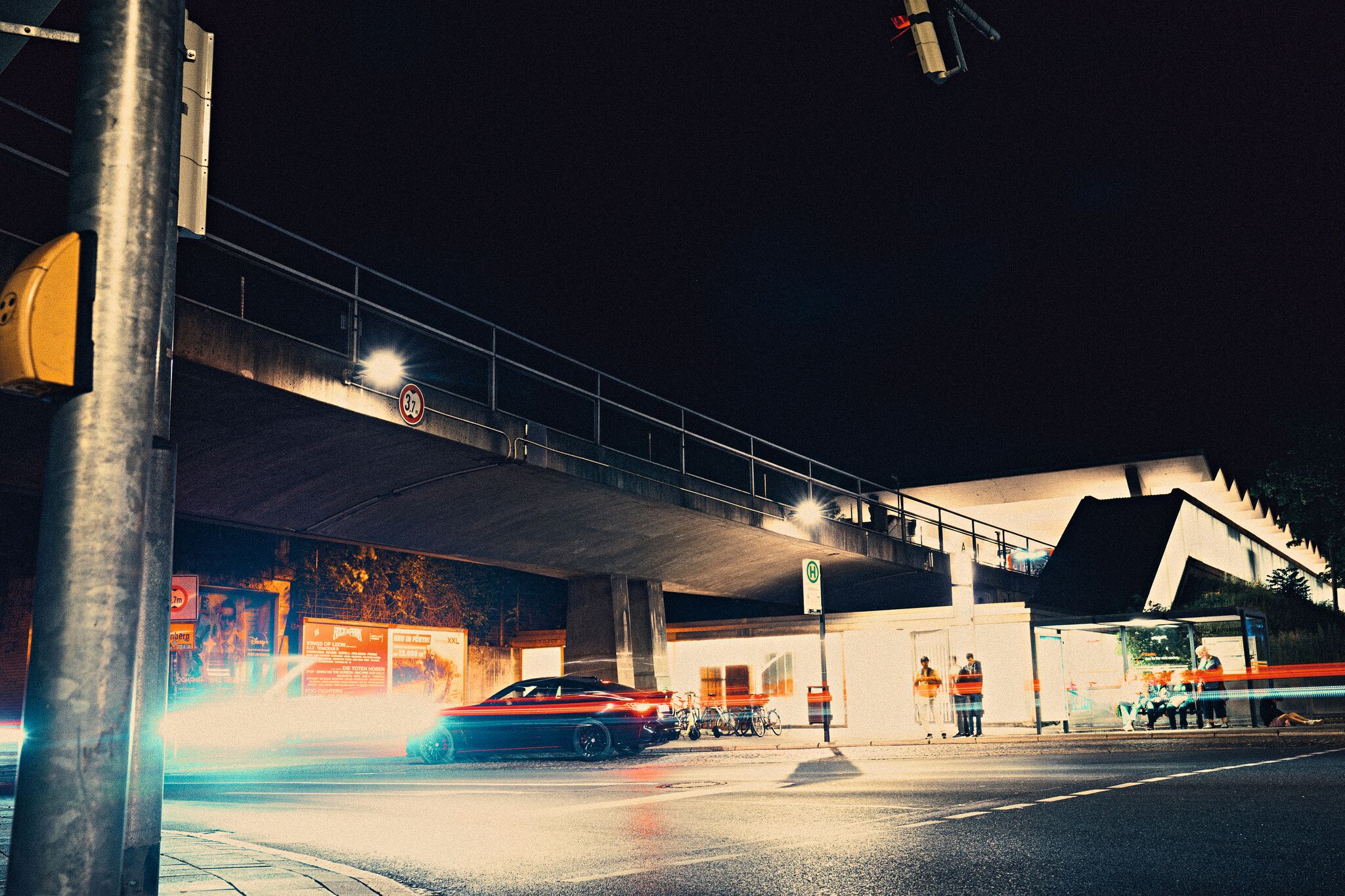
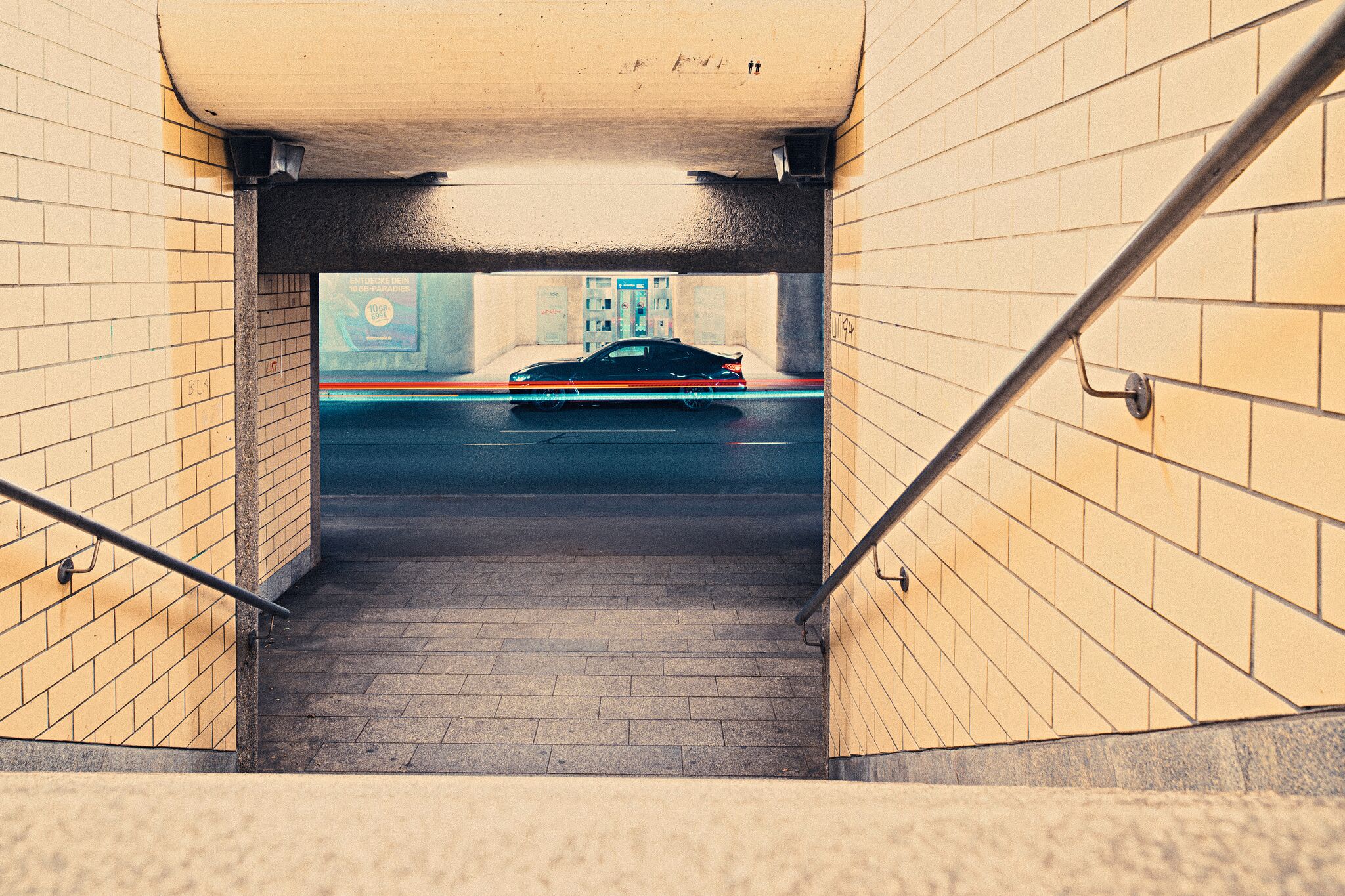
ramp #63 Happy on the Road
